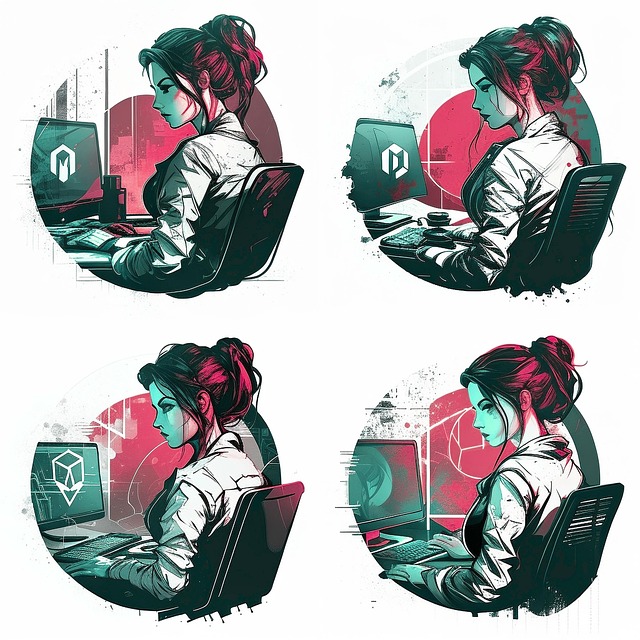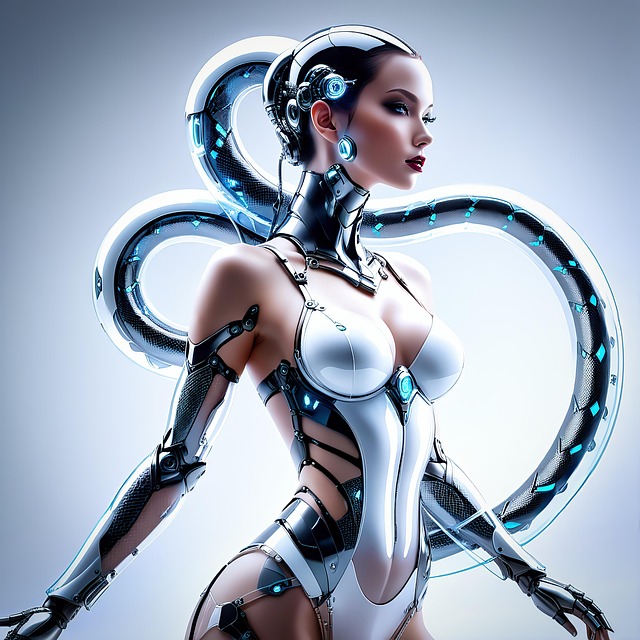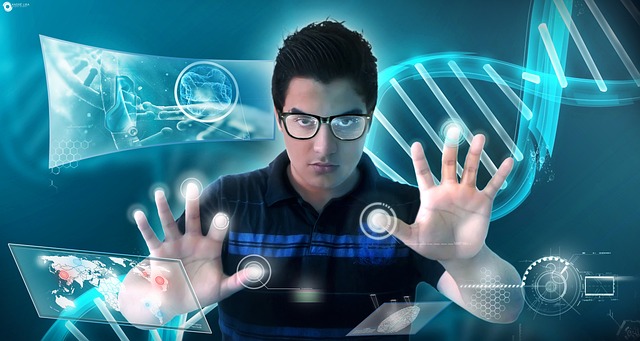# AI-Powered Education: Transforming Learning and Teaching Dynamics for a Smarter Future
As we step into 2025, the landscape of education has been irrevocably altered by the integration of artificial intelligence (AI). This technological revolution is redefining the way students learn and teachers instruct, creating a more personalized, efficient, and engaging educational experience. With AI at the helm, the future of education is not just about imparting knowledge; it’s about fostering critical thinking, creativity, and adaptability in learners.
One of the most significant transformations brought forth by AI is the customization of learning experiences. Traditional educational models often adopt a one-size-fits-all approach, which can leave many students disengaged or struggling to keep up. In contrast, AI-powered platforms analyze individual learning styles, strengths, and weaknesses, enabling the creation of tailored educational paths. For instance, adaptive learning technologies, which utilize AI algorithms, can adjust the difficulty of tasks in real-time based on student performance. This ensures that learners are constantly challenged yet not overwhelmed, promoting a more effective learning environment.
Moreover, AI is enhancing accessibility in education. In 2025, students from diverse backgrounds and with varying abilities can benefit from AI-driven tools that support their unique needs. For example, AI can provide real-time translations for non-native speakers, ensuring that language barriers do not hinder learning. Additionally, students with disabilities can leverage AI technologies such as speech recognition and text-to-speech tools to access content more easily. This inclusivity not only enriches the learning experience for individuals but also fosters a diverse educational community.
Teachers, too, are experiencing a transformation in their roles thanks to AI. Rather than being solely responsible for delivering content, educators are becoming facilitators of learning. AI tools can handle administrative tasks such as grading and attendance tracking, freeing up valuable time for teachers to focus on mentorship and personalized instruction. In 2025, educators will be able to utilize AI analytics to gain insights into student performance and engagement levels, allowing them to intervene proactively when a student is struggling. This data-driven approach empowers teachers to create more dynamic and responsive classroom environments.
Furthermore, AI is revolutionizing the way educational content is created and delivered. With the rise of virtual classrooms and online learning platforms, AI can curate and recommend resources tailored to specific learning goals. This means that students can access a wealth of knowledge beyond traditional textbooks, engaging with interactive simulations, gamified learning modules, and virtual reality experiences. Such immersive educational tools not only enhance understanding but also make learning more enjoyable and relevant to real-world applications.
In addition to transforming the classroom experience, AI is preparing students for the future job market. As industries increasingly rely on technology, educational institutions are incorporating AI literacy into their curricula. By 2025, students will not only learn about AI but also how to leverage it in various fields, equipping them with the skills necessary to thrive in a rapidly evolving workforce. This proactive approach ensures that learners are not just consumers of technology but also innovators and problem-solvers.
In conclusion, AI is reshaping education in 2025, creating a more personalized, inclusive, and engaging learning environment for students and educators alike. By harnessing the power of AI, we are not only transforming the dynamics of teaching and learning but also preparing future generations for a smarter, more interconnected world. As we embrace these advancements, the potential for educational growth and innovation is limitless, paving the way for a brighter future.











